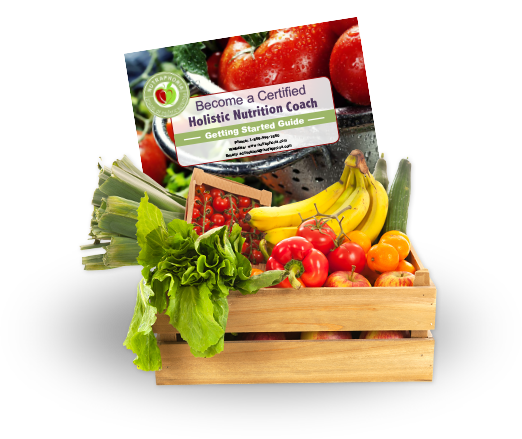April 3, 2017
Do you struggle to fill half your plate with vegetables? Are you tired of eating the same three vegetables over and over again? Do you end up throwing away or composting vegetables that have gone bad in your fridge because you weren’t sure just what to do with them?
These are common problems that people experience when trying to incorporate more vegetables into their daily meals. No matter what eating plan you may be following, or even if you are not following a specific plan, experts agree on maximizing your vegetable consumption for better health.
So how can you enjoy more vegetables in your life?
Three simple steps; planning, purchasing, and preparing.
Planning:
Prior to your trip to the grocery store or market, plan your meals. This can be very detailed, with specific meal plans and recipes or more general, depending on your style, but having a plan before you get to the store will help you achieve your goals.
Plan for a variety of vegetables. Look up some recipes to try, or simply for inspiration. Make a goal to try an new vegetable every week. Check out flyers to identify your new weekly vegetable and to check for items on sale. Plan for a variety of colours in your vegetable choices too. The more variety in the colour of your vegetables, the more variety in the nutrients.
Plan your vegetables by season. Planning your vegetable choices by season will ensure maximum flavour and nutrition, promote variety, and keep you from getting sick of the same old vegetables. Roasted butternut squash is a wonderful winter indulgence, whereas a fresh spinach salad is perfect on a warm summer evening.
Purchasing:
When purchasing your vegetables try to purchase things that are in season and local as much as possible. These vegetables will have more nutrients than those that were picked weeks ago and shipped long distances.
To minimize waste, keep in mind that items like root vegetables (carrots, potatoes, sweet potatoes, and onions), squashes, and cabbages will last much longer than the more perishable vegetables like lettuces, peppers, and tomatoes. So buying a couple of cabbages that are on special may make more sense than buying five pounds of red peppers.
When choosing between organic and non-organic be aware of the the clean 15 (non-organic is okay) and the dirty dozen (organic only), and remember that non-organic vegetables that look fresher and crisper are a better choice than the organic options unless they are one of the dirty dozen.
Preparation:
Preparation is the last step in ensuring you are maximizing your vegetable intake and enjoying it. Vegetables are so versatile and can be prepared in many different ways. Just as choosing a variety of different vegetables in important, so is choosing a variety of different preparation methods.
Washing and cutting up vegetables that can be grabbed, raw, as a snack or quickly added to a salad is an excellent way to not only increase your vegetable intake but also decrease your intake of other less healthy snacks. Preparing them ahead of time, makes them a very convenient, healthy snack.
Raw cabbage makes an excellent addition to any salad, adding a nice fresh crunch, and it is an inexpensive way to make the more expensive greens go a little further. Change up your salads by adding a variety of greens like spinach, swiss chard, kale and sprouts. Add arugula for a spicy kick. Adding nuts and seeds to your salads add crunch as well as healthy fats and some protein, and help transform your salad from a side dish to a meal.
Roasting vegetables is a wonderful way to really bring out their flavours. You can roast any root vegetables, broccoli, cauliflower, kale, zucchini, squash, onions, mushrooms, and even tomatoes. Left over roasted vegetables can be added cold to salads, thrown into soups or stews, or even used in a breakfast skillet or frittata.
Vegetables are also being used more and more as substitutes for grains:
- Many vegetables can be spiralized to make veggie noodles to replace pasta.
- Cauliflower can be used as a replacement for rice, mashed potatoes, and even to make pizza crust.
- Seaweed sheets make a great substitute for a flour tortilla in your favourite wrap.
So plan, purchase, and prepare a variety of vegetables to increase your enjoyment and improve your health.


